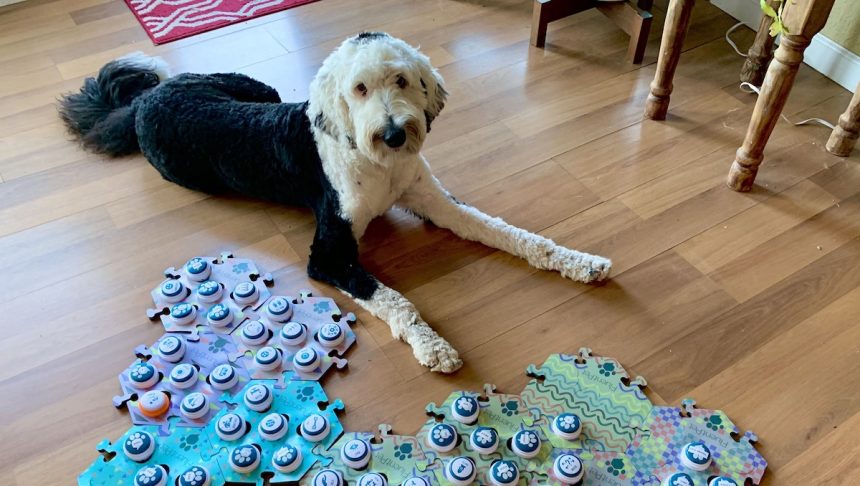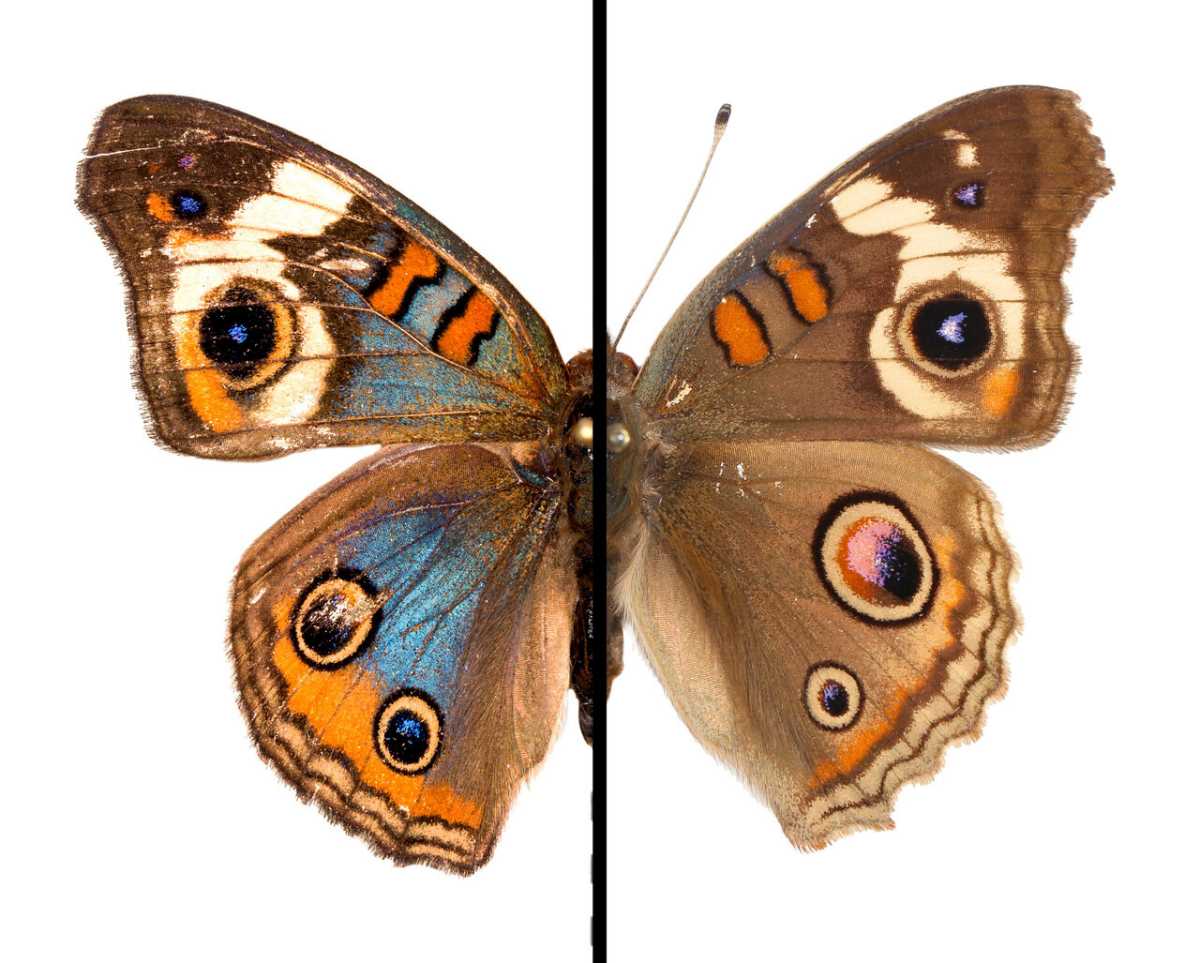Recently, American researchers have been seriously looking into the subject (soundboards) to determine if dogs are really communicating or if they are just pressing the buttons mechanically, estimating the most likely response from the owner (in accordance with the button). The results revealed that, indeed, dogs can understand and use the words emitted by the buttons to establish real communication.
In 2020, a sheepadoodle named Bunny became famous when her owner filmed her using a soundboard. At first, Bunny was limited to pressing a specific button when she wanted to go out or relieve herself. Progressively, she expanded her vocabulary.
However, dogs’ amazing ability to communicate like Bunny via voice buttons aroused skepticism from the scientific community. Indeed, the debate is: Do dogs mechanically press the buttons estimating the most likely response of the owner (in agreement with the button), or do they actually understand the meaning of every button?
“Skepticism comes mainly from two reasons: on the one hand, the history of animal language studies with non-human primates, often conducted unethically and in an anecdotal manner; on the other hand, the fact that these studies become sensational on social media, which is often frowned upon in scientific circles,” declared Dr. Federico Rossano, Cognitive Scientist at the University of California, San Diego and lead author of the study.
A new study led by researchers at the University of California has lifted the veil on this issue, demonstrating that dogs don’t just hope for reactions or react to the signals of their masters.
They are indeed capable of understanding and processing the words produced by the buttons in order to construct contextually appropriate sentences. Dr. Rossano said in a statement: “Here we show that actually [dogs] do pay attention to the [soundboard] words and they produce appropriate behaviours independently of environmental cues and who produces the word”.
To reach this conclusion, the researchers carried out two complementary experiences involving a total of 59 dogs, all trained to use a soundboard. In the first phase of the study, the researchers went directly to the homes of thirty dog owners across the United States. In each home, a team member used stickers to cover the buttons of the dog’s soundboard. Then, another researcher was asked to press a button at random. The latter did not know which button was associated with which word and was also unable to hear the words from the soundboard, in order to prevent them from emitting clues to the dog. The behavior of each dog was recorded.
In the second phase of the research, 29 dogs performed a similar experiment under the direction of scientists at a distance. They pressed one of the buttons or said the word themselves.
As the methodology of the study was pre-recorded, the team was able to describe their methods of collecting variables, and their analysis plans before collecting the latter.
Towards a Better Understanding of Canine Communication
The findings, published in PLOS One, show that dogs responded appropriately, among other things, to the words “play” and “outside”. The researchers also found that dogs seem to understand the words whether they are spoken by their owners or triggered by the push of a button.
However, they did not exhibit food-related behaviors when the owner or a researcher pressed the corresponding button.
“Our results are important because they show that words matter to dogs and that they react to words themselves, and not just the signals associated with them,” Rossano said. He also insisted that this is a preliminary study.
For the moment, the team has limited itself to “scratching the surface of the type of vocabulary that the participants teach these dogs.”
Scientists therefore hope to be able to evaluate concepts in the future, in order to further study the complexities of canine communication. “Future studies will explore how dogs actively use these buttons, including the meaning and systematization of the sequences of button presses,” Rossano concludes.






